Welcome to Moda Fabrics!
Digging Deep into the Past and Present of Quilting
Digging Deep into the Past and Present of Quilting
There are lots of reasons we love quilting—the fabrics, the patterns, the time spent sewing by machine and hand. For most of us, making quilts is enough. But some folks want to dig deep into quilting, to learn more about where quilts come from and where the art of quilting is going.
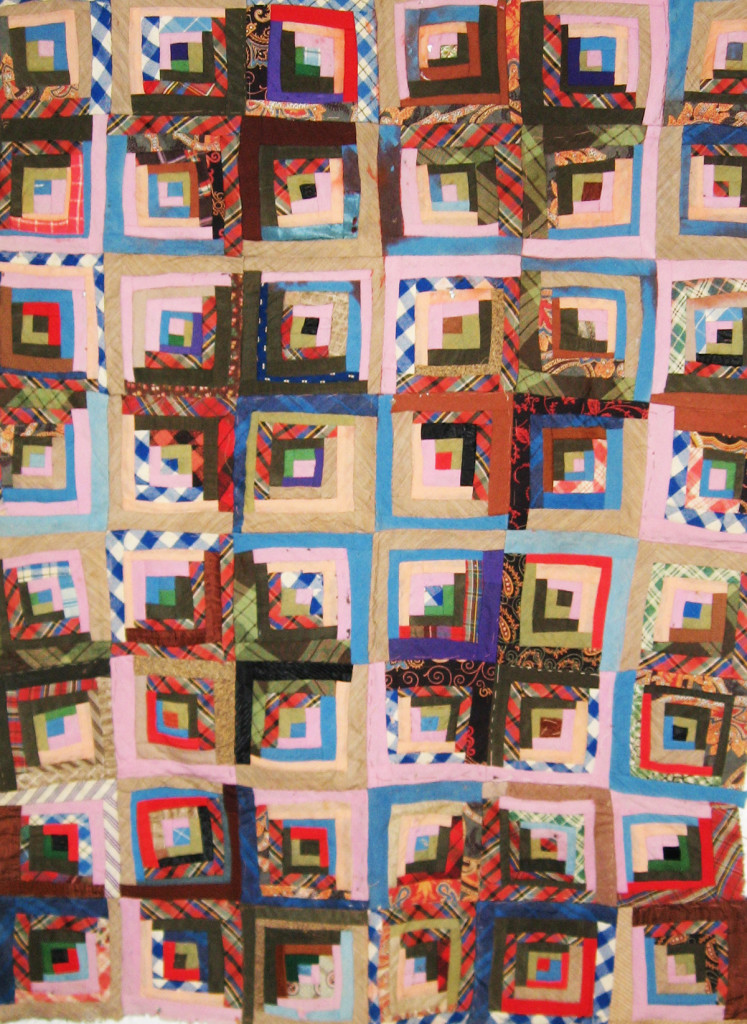 Log cabin pieced of challis, delaines, and other mixed wools, circa 1870.
Log cabin pieced of challis, delaines, and other mixed wools, circa 1870.
One way to learn more about quilting is to peruse quilting books and magazines. Moda’s very own designer, quilt historian Barbara Brackman, has written many books on quilt history and these are a great place to delve more deeply into quilting’s past. Her Encyclopedia of Pieced Quilt Patterns, for example, contains more than 4,000 examples from 1830 to 1970. While a number of her books are out of print, you can check her Etsy shop for some of them. (The images in this post are from Barbara’s collection.)
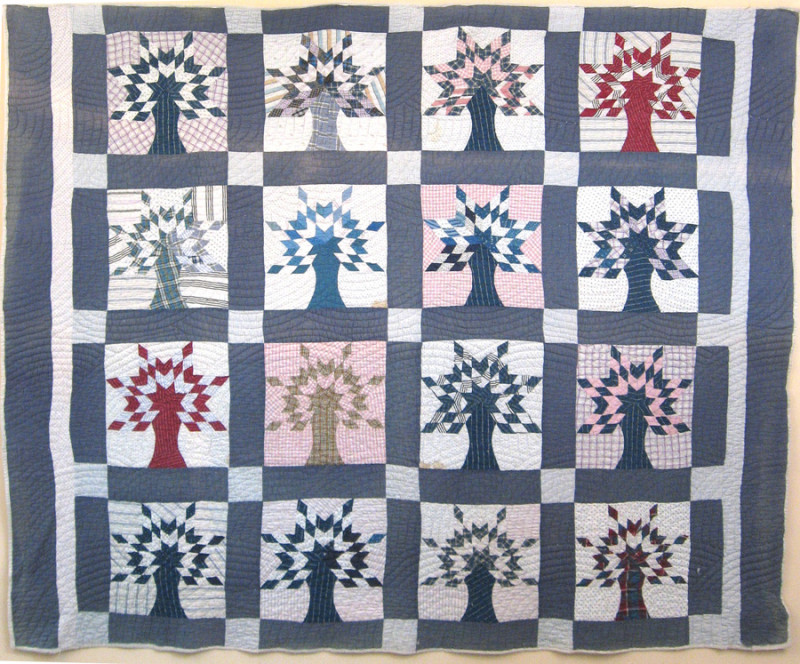 Peony Patch tree, circa 1900-1920
Peony Patch tree, circa 1900-1920
Barbara’s blogs are also a terrific source of information. Check out Material Culture and Civil War Quilts. Her reproduction patterns, available in many of her books, would make a great group project—perfect for the shop owner who wants to provide a little historical background along with teaching technical skills.
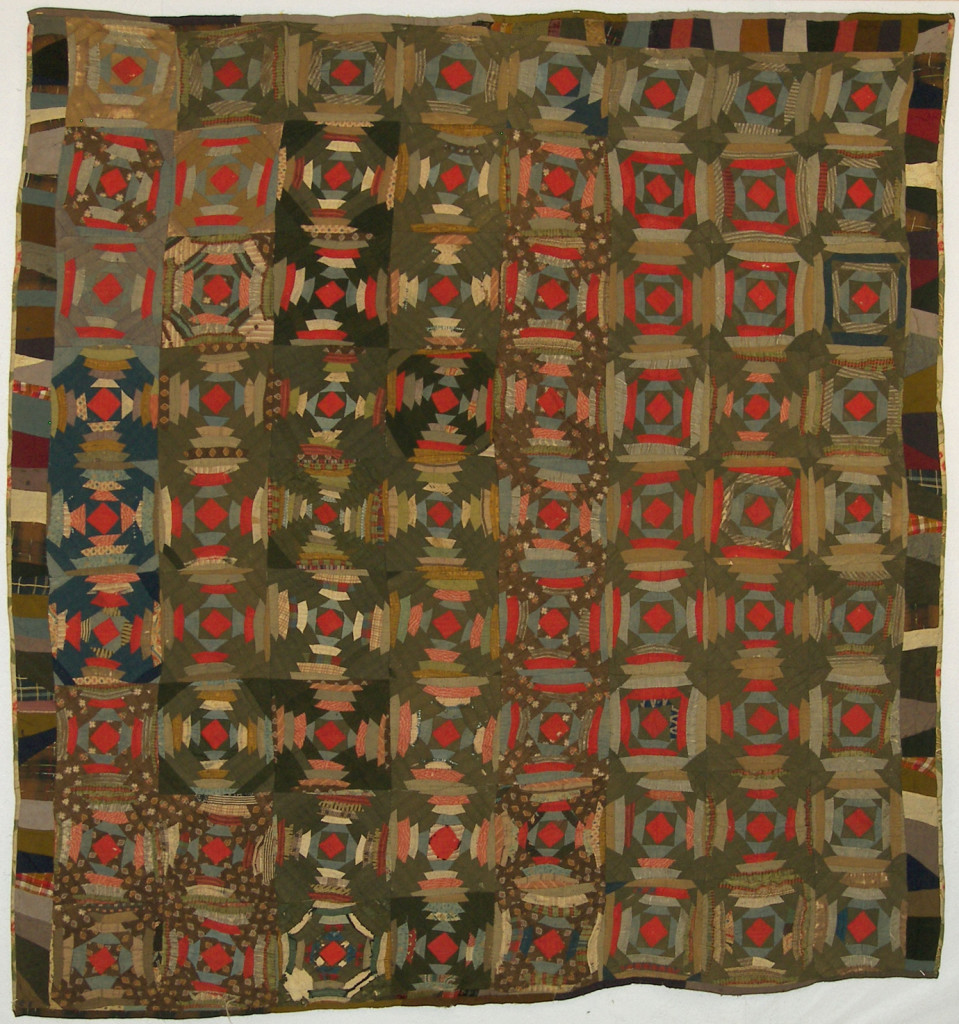 Wool Pineapple quilt, circa 1890-1910
Wool Pineapple quilt, circa 1890-1910
If you’re interested in ongoing research and study, check out the American Quilt Study Group. They hold annual national meetings as well as regional meetings, publish the journal Uncoverings, and have a Facebook group where members share their quilt finds and questions.
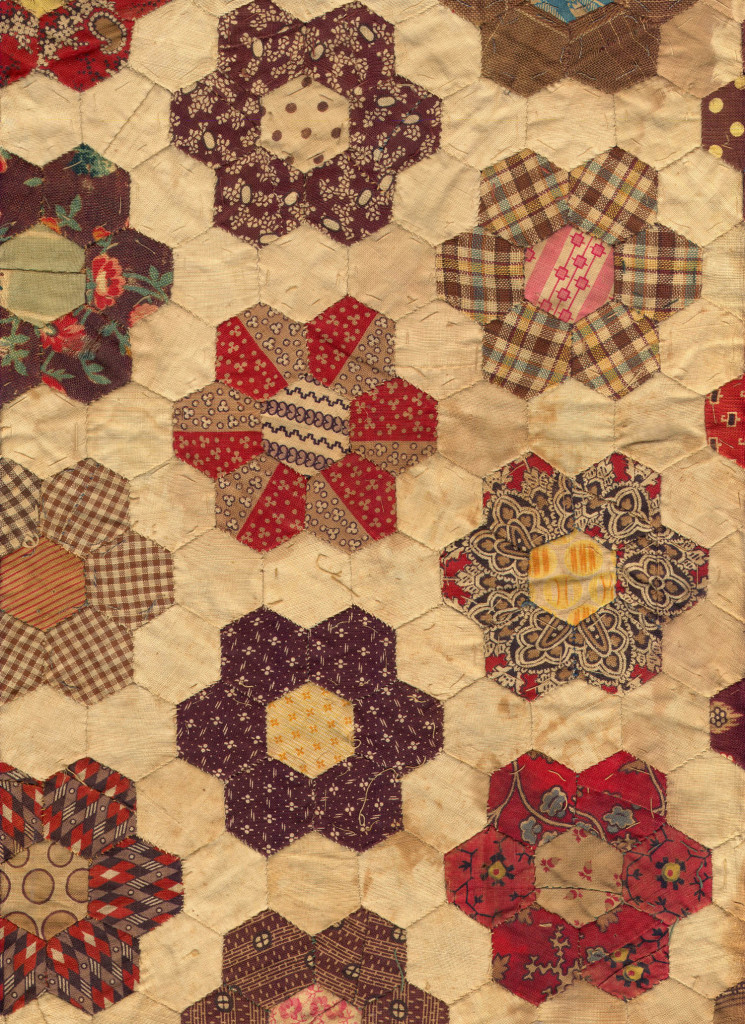 Hexagons, circa 1840
Hexagons, circa 1840
Quilters interested in taking things further can study quilting at the university level. The University of Nebraska at Lincoln offers a certificate and degrees in quilt studies. (I confess that this is on my bucket list. Especially because it’s possible to earn the certificate and one of the degrees via distance learning.)
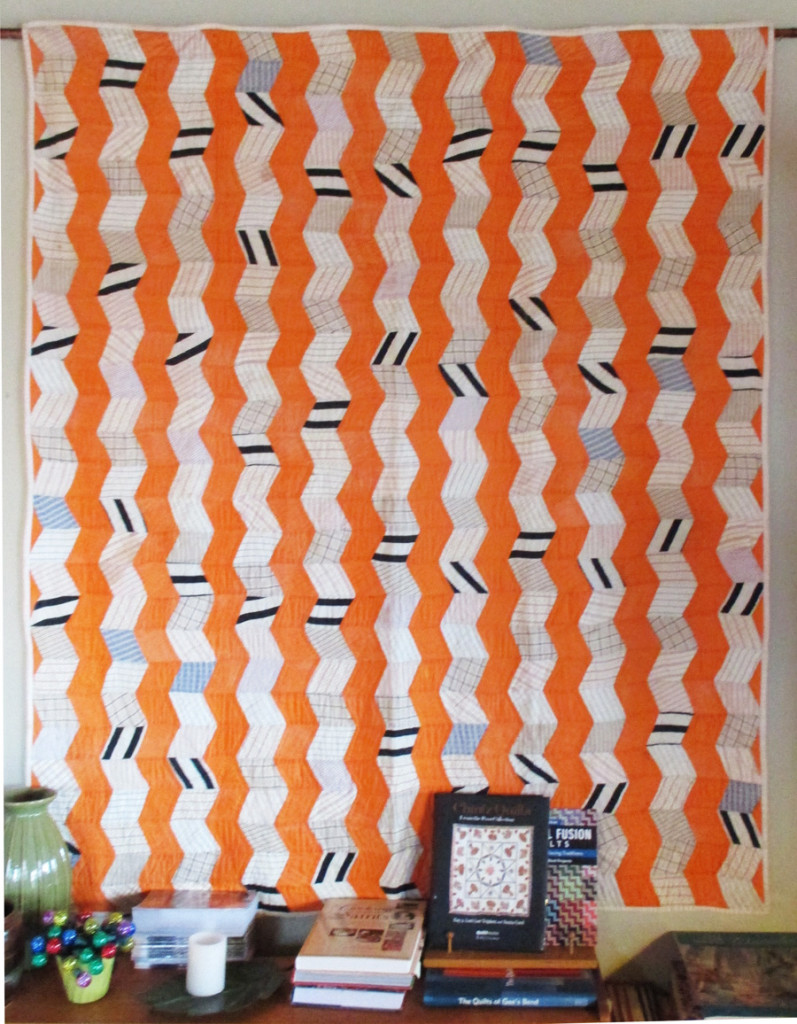 Orange Zig Zag , circa 1910-1925
Orange Zig Zag , circa 1910-1925
Another option for learning more about quilt history is to become a quilt appraiser. Professional appraising certification can be earned through the American Quilter’s Society in Paducah, Kentucky. According to Lori East, one of about 100 appraisers certified by AQS in the U.S. and Canada, professionally trained appraisers must know about quilts, but also fabric styles, dating, and weaves; dye chemistry and history; tax and estate conditions for new and old quilts; social and political history and stay abreast of auctions, market conditions of new and old quilts, and current quiltmaking trends. “Certification is difficult and time-consuming and includes both written and oral examinations,“ says Lori. She notes that most quilt appraisers belong to the Professional Association of Appraisers of Quilts and Quilted Textiles, and she also shared a detailed blog post about appraising. You can find it here. Having a professional appraiser come to your shop or guild is a great way for members to learn about their own quilts, as well as about historic quilting in general.
 Hexagonal Pineapple quilt of wools, circa 1880
Hexagonal Pineapple quilt of wools, circa 1880
Did I miss any opportunities for professional certification in the quilting world? (I realize I've just touched on those the United States.) If you know of others, leave a comment. I’ve learned so much from your comments and I know others do, too. Thanks!
